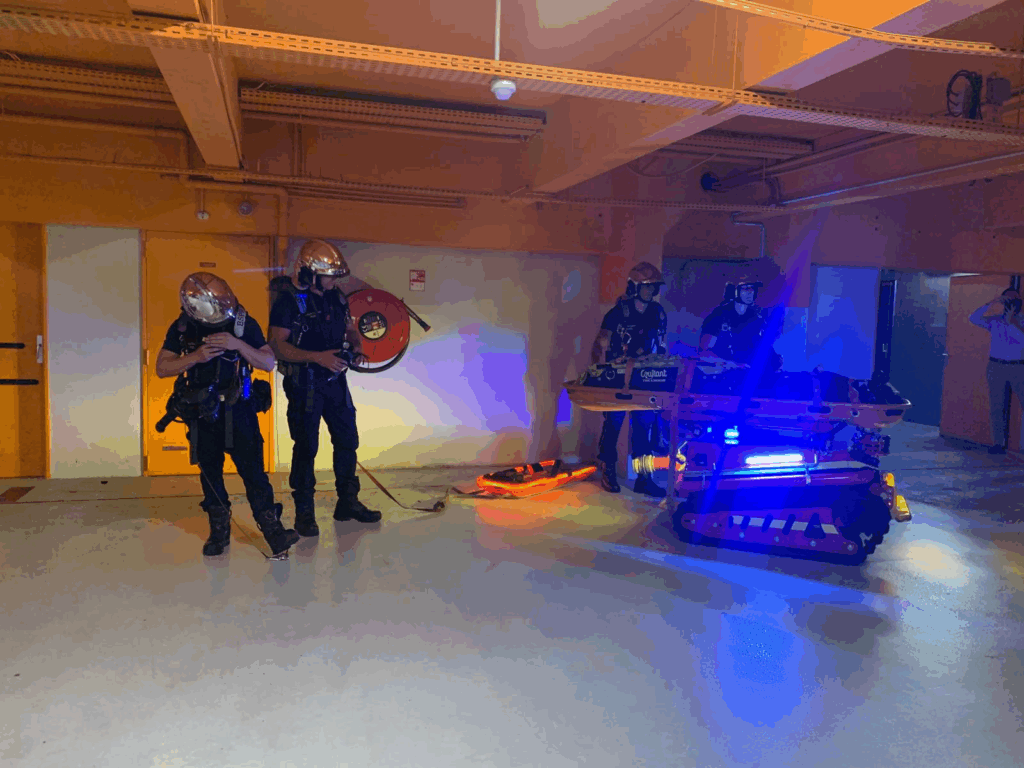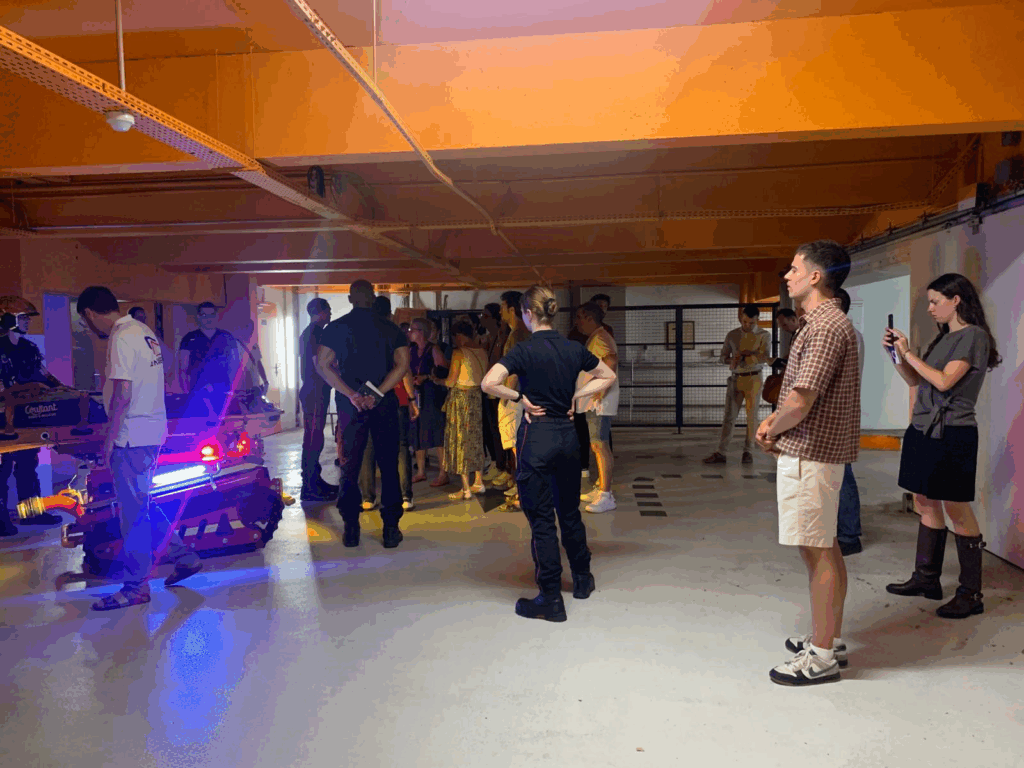As technology becomes increasingly embedded in emergency response, robots are being used more frequently to support first responders on the front lines. However, the introduction of robots into emergency scenarios is not just about machines. It is also about changing how people work, make decisions, and follow procedures. There are different ways that robots can work in collaboration with a team of first responders in a rescue situation. Two key points for this collaboration to work are related to shared context awareness and the expectation about the others’ behaviours. That is where doctrines come in.
What is a doctrine—and why does it matter?
A doctrine is a formal set of principles, guidelines, and best practices that define how robots and first responders collaborate. For first responders, a doctrine is not a rulebook, it is a shared understanding of how to act under pressure, make decisions, and coordinate with others.
Think of it as the “why and how” behind actions:
- Why is this procedure followed?
- How do we adapt when things do not go as planned?
As robotics enters the field, doctrines help integrate new capabilities without compromising safety, communication, or effectiveness. They create a common operational picture, especially important in multi-agency and cross-border incidents.
The Expanding Role of Robots in First Response
Robots in emergency scenarios are no longer just tools, they are active participants in complex, human-centred environments. While they support first responders by scouting hazardous zones or carrying supplies, their role increasingly extends to direct interaction with victims and bystanders. For instance, robots can deliver critical information to trapped individuals, offer comfort and guidance, or even transport injured victims to safety when human access is limited. In chaotic scenes, robots can help manage crowds, directing bystanders away from danger or towards safe zones.
Challenges in Integrating Robots into Emergency Response
Integrating robots into rescue teams presents unique challenges, primarily because they must interact with multiple stakeholders in high-stress situations. For instance, a first responder might instruct a robot to assist a victim who is uncooperative or refuses help, raising a critical question: Should the robot follow the responder’s command or respect the victim’s autonomy? Navigating these ethical and operational dilemmas requires clear guidelines that strike a balance among authority, consent, and safety.

Technical limitations, such as battery life, navigation in debris-filled areas, and real-time data sharing, further complicate their deployment. Addressing these challenges requires not only technological innovation but also clear doctrines.
The Way Forward: Building Doctrine for Human-Robot Teams
As robots become active agents in emergency response, the CARMA team makes a step towards the development of robust doctrines that define how robots cooperate with humans. Existing doctrines must evolve to address not just first responder workflows but also the robot’s interactions with victims, bystanders, and other responders. These new guidelines need to clarify roles, responsibilities, decision-making hierarchies, and how ethical dilemmas, such as conflicting instructions from responders and victims, are resolved. Doctrines must also be flexible and interoperable, allowing adaptation across agencies, regions, and incident types. Most importantly, they must be shaped through real-world testing, multidisciplinary collaboration, and continuous feedback. Only then can we ensure that robotics enhances, not complicates, the mission of saving lives.

Stay tuned for our updates on the CARMA advancement with the building of a doctrine for human-robot teams.
